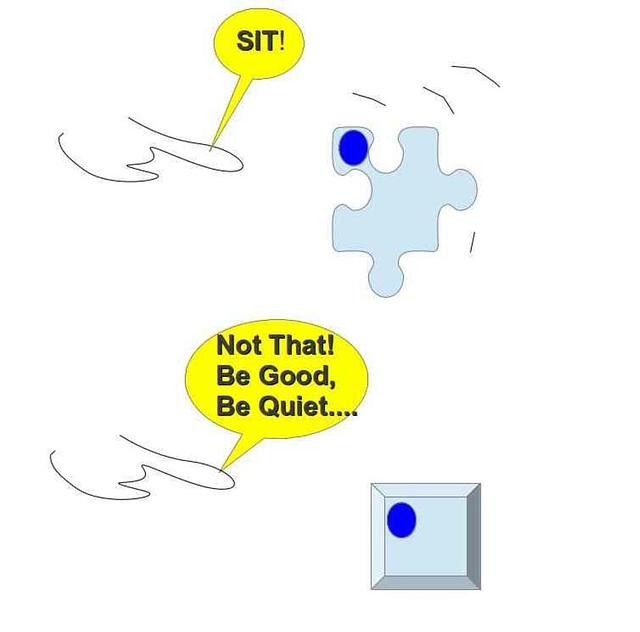Workflow Control - Quality of Process (4)
Workflow Control - Quality of Process (4)
It is time we step back and look at our (clean-and-cut) process from a bird's eye view.
What is the purpose of this (clean-and-cut) process?
How do we tell if the job is done right?
Do we have specifications for how clean the cleaned limes must be at least? How do we measure cleanliness?
Do we have specifications for the cut up lime pieces? And how do we check if the pieces meet our specs?
What about the time it takes to do a pile of limes, how fast or slow are our 'actors' who clean and cut?
And do they do it in the manner that is safe for themselves and other people? And safe for our world?
We are talking about 'good work' and how to assess the work. But, we are not happy to make assessment at end of the process. We want our process to start right with right input, go right with right equipment and tools, and finish right with right output, in the right time at the right cost to us and our environment.
Now we are really looking from above - from a control viewpoint.
How do we control?

The key of control is not shouting, admonishing, motivating and watching, but knowing exactly what is expected outcome of (all the activites in) the process.
(Theory 1:) We cannot control if we don't know the target.
(Theory 2:) We cannot be controlled if we don't know the target.
(Theory 3:) Control is effective only when controller and controlled agree on the (same) target.
How to control?
There are many control techniques. Some are based on coercion (force), some on reward and punishment, some on motivation, some on altruistic or psychologic ideal, and yes some on lies and promises.
Which techniques are best to use?
If we are to do one process and go separate way, it would not matter much which way we get the job done right. But, life is a repetition of very much almost the same thing day after day. Controller will be interacting with controlled over a long time. The more mutually agreeable methods used, the better the atmosphere (at work) and the better the relationships.
(Theory 4:) Control is optimal when the least friction path is followed to the desired target.
...
And that is for today, folks!
You can fill in the gaps and offer more theories.
We are learners. We learn from different views and ideas ;D
ความเห็น (4)
สวัสดีค่ะ
มาอ่าน ทักทาย และขอบคุณค่ะ
Quality of Process==> Good Process ===> Output ===> Outcome and Feedback (ผลการสะท้อนกลับ)
Thank you Dr Somsri for a nice summary.
I have hope to bring up and show how difficult a real supervisor's job can be. And a supervisor should be skilled in human relations as well as having insights on technical aspects of the process s/he controls.
In a way, a supervisor's best skill may be a capacity to evolve the process s/he controls to meet changes in the environment that s/he cannot control.
So, our 'from idea to product' does not end with a product but a better understanding of our (learning) process that we can use to improve our product, our process and our world...
Tall poppy! ;-)